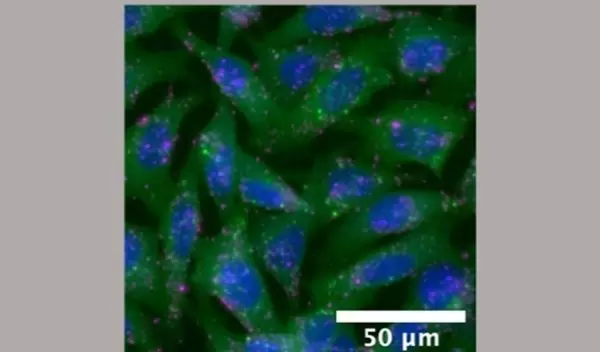
Researchers develop test to confirm nanoparticle payload delivery
Nanoparticle delivery of drugs is an expanding field, particularly for gene therapies and vaccines. Previous research has estimated that nanoparticles -- small conveyances that transport medicines, vaccines and other therapies -- have a very low delivery rate to the cytosol, an area inside cells, and only release about 1% to 2% of their payload.
Researchers at Johns Hopkins Medicine, supported by the U.S. National Science Foundation, have developed a test that indicates whether nanoparticles have successfully delivered their payload. The technology builds on nanoparticles used in cancer and eye disease therapies, and in vaccines for viruses, including the virus that causes COVID-19. The tool to test nanoparticle payload delivery could be key to the development of next-generation medicines. The researchers detailed the testing process and tool in Science Advances.
The team, which included three former NSF Graduate Research Fellowship Program grantees, designed a screening tool to analyze nanoparticle formulations and assess how successfully the nanoparticle delivered its payload to the cell cytosol.
The tool was tested in lab-grown mouse cells modified with a fluorescent beacon that shines when the payload is delivered to the cytosol. Images the test captures are analyzed by a computer program that tracks the nanoparticle's movement. Labs that use the process would have the capacity to analyze nanoparticle movement and provide detailed information about payload delivery.
"By fine-tuning small chemical changes, we can steer a nanoparticle to specific tissues and even specific cells," said co-author Jordan Green. "That allows us to develop more precisely delivered therapies, which could improve both efficacy and safety."


